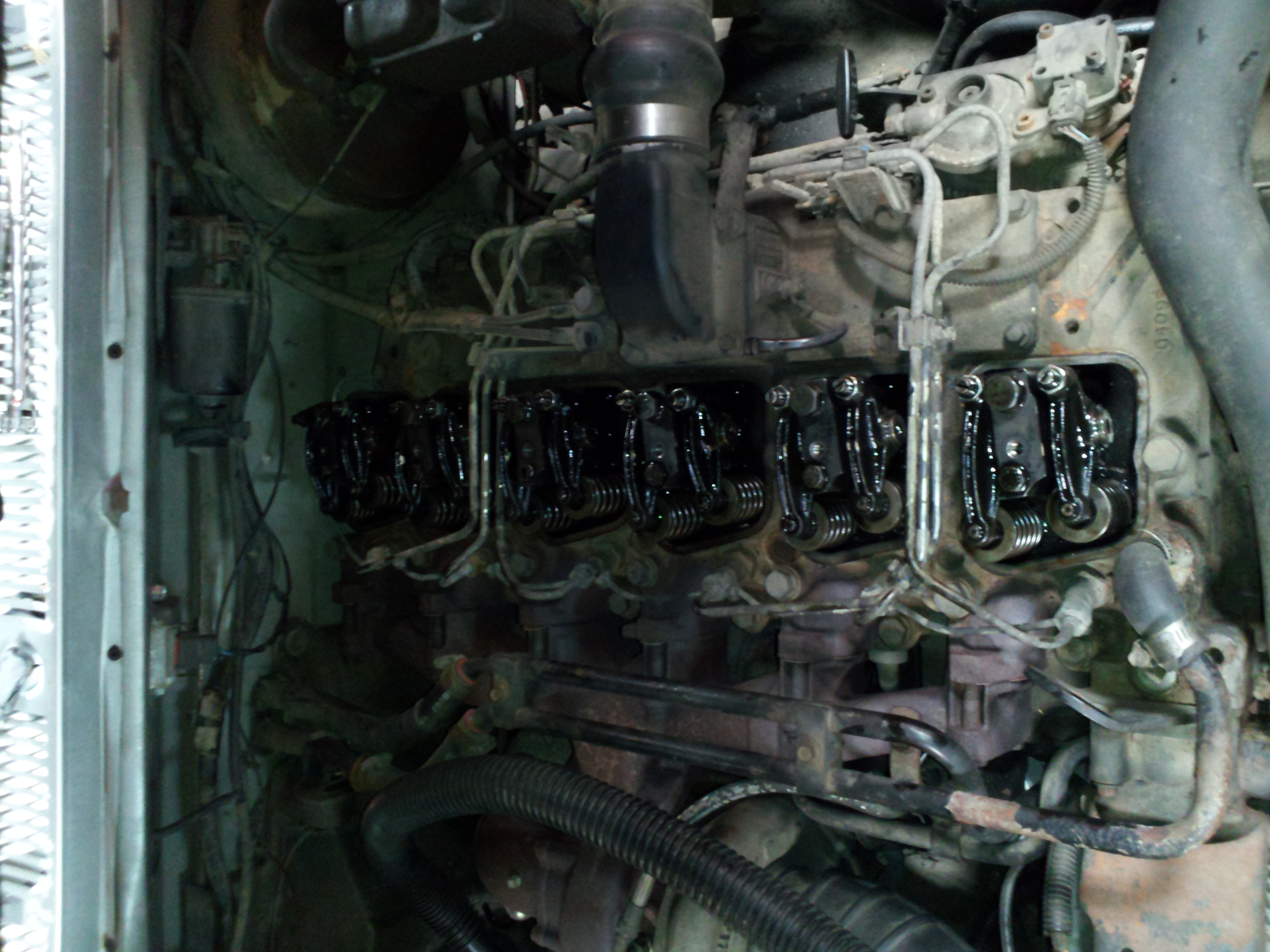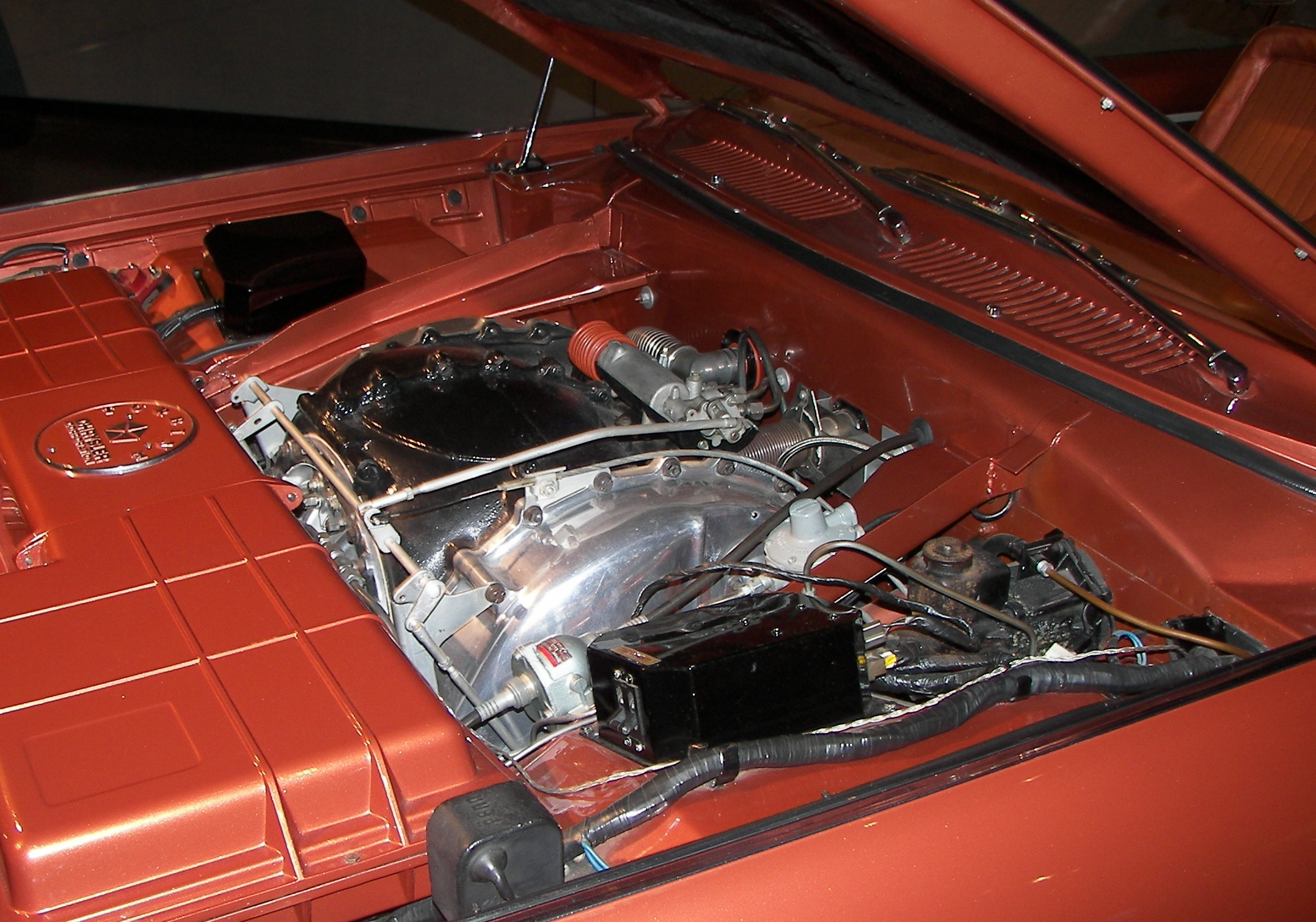|
List Of Chrysler Engines
Chrysler Four cylinder 1926–1933: Flathead 4 1981–1995: K Engine 1994–2010: PowerTech 2007–present: World Engine * 1.8, 2.0, and 2.4 "World Engine" (2007–2017) * 2.0 and 2.4 "Tigershark" (2012–present) Six cylinder 1924–1959: Flathead 6 1959–2000: Slant-6 1970–1981: Hemi-6 (Australia) 1987–2004: 3.9L/238 LA & Magnum 1989–2011: 3.3 & 3.8 OHV V6 1993–2010: SOHC V6 1998–2010: LH Engine 2002–2013: PowerTech 2010–present: Pentastar Eight cylinder 1930–1950: Flathead 8 1951–1958: FirePower (Hemi) 1955–1958: Polyspheric V8 1968–1969: Chrysler Ball-Stud Hemi (A279) Small block 1956–1961: A - Chrysler's first small-block V8. 1964–1992: LA * 273 * 318 * 340 * 360 1992–2003: Magnum * 318 * 360 1999–2009: PowerTech 2003–present: Hemi * 5.7L Hemi - The smallest modern Hemi engine, called the Eagle, introduced in 2002. * 6.1L Hemi - A larger modern Hemi, 2004–2010. * 6.4L Hemi - A larger bore ... [...More Info...] [...Related Items...] OR: [Wikipedia] [Google] [Baidu] |
Chrysler Flathead Engine
The Chrysler flathead engine is a Sidevalve engine, flathead automotive engine manufactured by the Chrysler Corporation from 1924 through the early 1960s. The flathead engine came in four-,six-, and eight-cylinder configurations and varying displacement, with both a cast iron and cast aluminum cylinder head. It was installed in Chrysler, DeSoto, Dodge and Plymouth branded vehicles. Straight-4 Chrysler introduced a Inline-four engine, straight-four derivative of their new flathead Straight-six engine, straight-six in 1926. Initially used by Chrysler, the straight-four was fitted to Plymouth (automobile), Plymouth and Dodge light trucks beginning in 1929, lasting in production through 1933. The original version displaced and produced 38 hp (28 kW). This was only produced in 1926, with displacement reduced to for 1927 and 1928. Power was initially rated the same but was upped to 45 hp (34 kW) during the 1928 model year. After the introduction of the Plymouth br ... [...More Info...] [...Related Items...] OR: [Wikipedia] [Google] [Baidu] |
Straight-six Engine
The straight-six engine (also referred to as an inline-six engine; abbreviated I6 or L6) is a piston engine with six cylinders arranged in a straight line along the crankshaft. A straight-six engine has perfect primary and secondary engine balance, resulting in fewer vibrations than other designs of six or less cylinders. Until the mid-20th century, the straight-six layout was the most common design for engines with six cylinders. However, V6 engines became more common from the 1960s and by the 2000s most straight-six engines had been replaced by V6 engines. An exception to this trend is BMW which has produced automotive straight-six engines from 1933 to the present day. Characteristics In terms of packaging, straight-six engines are almost always narrower than a V6 engine or V8 engine, but longer than straight-four engines, V6s, and most V8s. Straight-six engines are typically produced in displacements ranging from , however engines ranging in size from the Benelli 750 ... [...More Info...] [...Related Items...] OR: [Wikipedia] [Google] [Baidu] |
Diesel Engine
The diesel engine, named after Rudolf Diesel, is an internal combustion engine in which ignition of the fuel is caused by the elevated temperature of the air in the cylinder due to mechanical compression; thus, the diesel engine is a so-called compression-ignition engine (CI engine). This contrasts with engines using spark plug-ignition of the air-fuel mixture, such as a petrol engine (gasoline engine) or a gas engine (using a gaseous fuel like natural gas or liquefied petroleum gas). Diesel engines work by compressing only air, or air plus residual combustion gases from the exhaust (known as exhaust gas recirculation (EGR)). Air is inducted into the chamber during the intake stroke, and compressed during the compression stroke. This increases the air temperature inside the cylinder to such a high degree that atomised diesel fuel injected into the combustion chamber ignites. With the fuel being injected into the air just before combustion, the dispersion of the fuel is une ... [...More Info...] [...Related Items...] OR: [Wikipedia] [Google] [Baidu] |
Cummins B Series Engine
The Cummins B Series is a family of diesel engines produced by American manufacturer Cummins. In production since 1984, the B series engine family is intended for multiple applications on and off-highway, light-duty, and medium-duty. In the automotive industry, it is best known for its use in school buses, public service buses (most commonly the Dennis Dart and the Alexander Dennis Enviro400) in the United Kingdom, and Dodge/Ram pickup trucks. Since its introduction, three generations of the B series engine have been produced, offered in both inline-four and inline-six configurations in multiple displacements. General engine features The B-series features engine bores machined directly into the block (rather than the wet liners used on earlier Cummins engines). It was also set apart by the use of a shallow one-piece head, requiring closer tolerances than in other Cummins products. Unlike other diesel engines of the time; the B-series Cummins used direct injection and did not ... [...More Info...] [...Related Items...] OR: [Wikipedia] [Google] [Baidu] |
Carburetor
A carburetor (also spelled carburettor) is a device used by an internal combustion engine to control and mix air and fuel entering the engine. The primary method of adding fuel to the intake air is through the venturi tube in the main metering circuit, however various other components are also used to provide extra fuel or air in specific circumstances. Since the 1990s, carburetors have been largely replaced by fuel injection for cars and trucks, however carburetors are still used by some small engines (e.g. lawnmowers, generators and concrete mixers) and motorcycles. Diesel engines have always used fuel injection instead of carburetors. Etymology The name "carburetor" is derived from the verb ''carburet'', which means "to combine with carbon," or in particular, "to enrich a gas by combining it with carbon or hydrocarbons." Thus a carburetor mixes intake air with hydrocarbon-based fuel, such as petrol or autogas (LPG). The name is spelled "carburetor" in American English ... [...More Info...] [...Related Items...] OR: [Wikipedia] [Google] [Baidu] |
Jeep Wagoneer (SJ)
The Jeep Wagoneer is a luxury 4x4 produced and marketed under Jeep under successive automakers from 1962 to 1991. Described when it was introduced as a station wagon body style, the innovative concept by industrial designer Brooks Stevens over time pioneered the luxury "sport utility vehicle" (SUV). Initially briefly available with the choice of rigid or independent front suspension, and optional rear-wheel drive only, the 4WDWagoneer stayed in production for 29 model years (1963–1991) with an almost unchanged body structure, making it the third longest-produced single generation car in U.S. automotive history. The Jeep Wagoneer evolved to create the luxury 4x4 market segment starting with the 1966 Super Wagoneer model. The Wagoneer made its debut seven years before Land Rover launched its Range Rover in Great Britain, 18 years before Land Rover introduced a 4-door version, and 24 years before that marque appeared in the US. Kaiser years With competition from the "big ... [...More Info...] [...Related Items...] OR: [Wikipedia] [Google] [Baidu] |
AMC V8 Engine
The AMC V8 may refer to either of two distinct OHV V8 engine designs that were developed and manufactured by American Motors Corporation (AMC). The engines were used in cars and trucks by AMC, Kaiser, and International Harvester as well as in marine and stationary applications. The first design was produced from 1956 through 1967. An Electrojector version was to be the first commercial electronic fuel injected (EFI) production engine for the 1957 model year. The second design was introduced in 1966 and became available in several displacements over the years as well as in high-performance and racing versions. In 1987, Chrysler Corporation acquired AMC and continued manufacturing the AMC "tall-deck" version until 1991 for use in the Jeep Grand Wagoneer SUV. American Motors Corporation 'Rambler V8' (1956–1967) This engine is most commonly referred to as the Rambler V8. It's also referred to as the AMC GEN1 (first generation AMC V-8) and sometimes as the Nash V8. ... [...More Info...] [...Related Items...] OR: [Wikipedia] [Google] [Baidu] |
AMC Straight-4 Engine
The AMC straight-4 engine is a 2.5 L inline-four engine developed by American Motors Corporation (AMC) that was used in a variety of AMC, Jeep, and Dodge vehicles from 1984 to 2002. Note: Although the GM Iron Duke was a predecessor I4 engine in some AMC vehicles, it shares nothing in common with the AMC 2.5 L. Development American Motors devoted three years to the development of a new four-cylinder engine. The brand new engine was designed to use AMC's existing spacing between the cylinder bores so that the tooling remained the same. The location of other major components, such as the distributor, oil filter, and starter, were also kept the same so as to use the machine tools for the AMC straight-6 engine. According to Jeep's chief engineer, Roy Lunn, "unlike most engines available today twas not designed for passenger cars and then adapted for trucks. We specifically developed it with our Jeep vehicles and Eagle in mind. That's the reason that performance and du ... [...More Info...] [...Related Items...] OR: [Wikipedia] [Google] [Baidu] |
Chrysler Turbine Engines
The Chrysler turbine engine is a series of gas turbine engines developed by Chrysler intended to be used in road vehicles. In 1954, Chrysler Corporation disclosed the development and successful road testing of a production model Plymouth sport coupe which was powered by a turbine engine. Development Experimental and test engines were first operated in 1954. George Huebner and his group of research engineers were convinced that the engine was a viable project. It had challenges like fuel consumption had to be in the same range as standard reciprocating engines, components needed to be reduced in size and increased in efficiency, noise had to be reduced, acceleration time lag needed to be reduced and engine braking had to be introduced into the overall function. Additionally, new high-temperature materials needed to be developed, yet be inexpensive enough to keep the vehicle cost the equivalent of other vehicles of the time. The benefits of turbine engines as explained by Chrysle ... [...More Info...] [...Related Items...] OR: [Wikipedia] [Google] [Baidu] |
Dodge Ram
The Ram pickup (marketed as the Dodge Ram until 2010) is a full-size pickup truck manufactured by Stellantis North America (formerly Chrysler Group LLC and FCA US LLC) and marketed from 2010 onwards under the Ram Trucks brand. The current fifth-generation Ram debuted at the 2018 North American International Auto Show in Detroit, Michigan, in January of that year. Previously, Ram was part of the Dodge line of light trucks. The name ''Ram'' was first used in 1981 model year Dodge Trucks in October 1980, following the retiring and rebadging of the Dodge D series pickup trucks as well as B-series vans, though the company had used a ram's-head hood ornament on some trucks as early as 1933. Ram trucks have been named ''Motor Trend'' magazine's Truck of the Year eight times; the second-generation Ram won the award in 1994, the third-generation Ram heavy-duty won the award in 2003, the fourth-generation Ram Heavy Duty won in 2010 and the fourth-generation Ram 1500 won in 2013 and ... [...More Info...] [...Related Items...] OR: [Wikipedia] [Google] [Baidu] |






.jpg)

